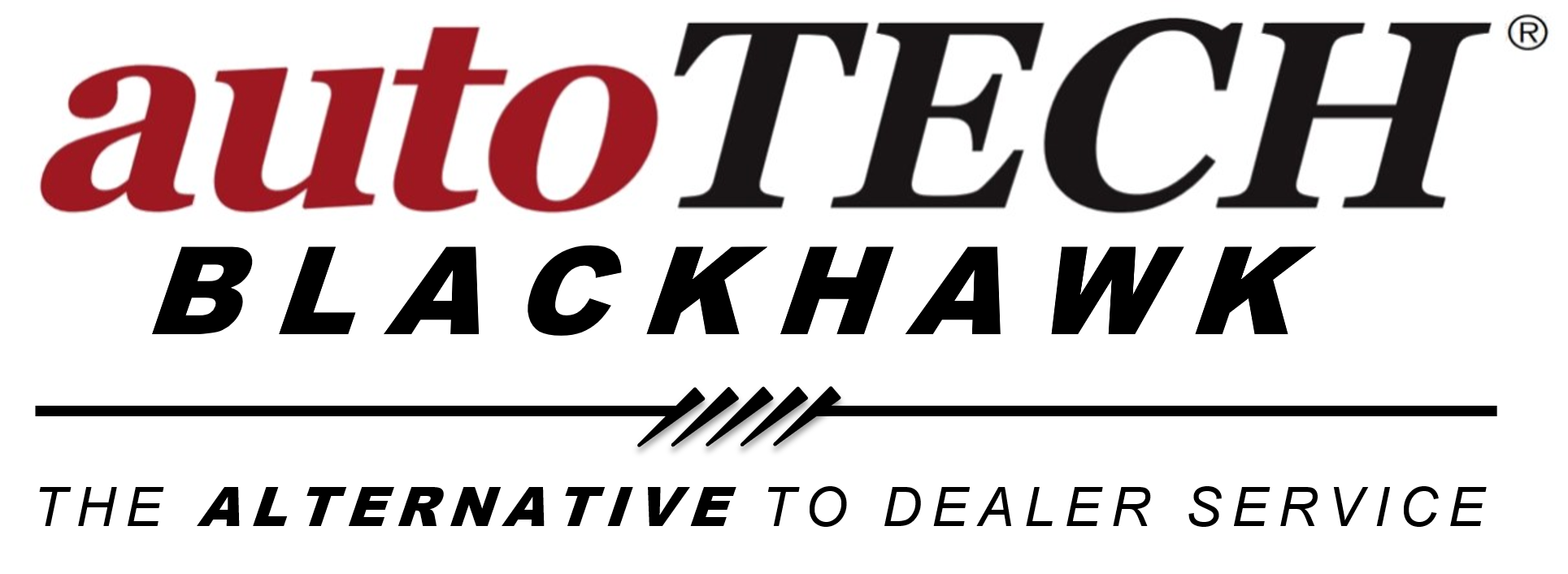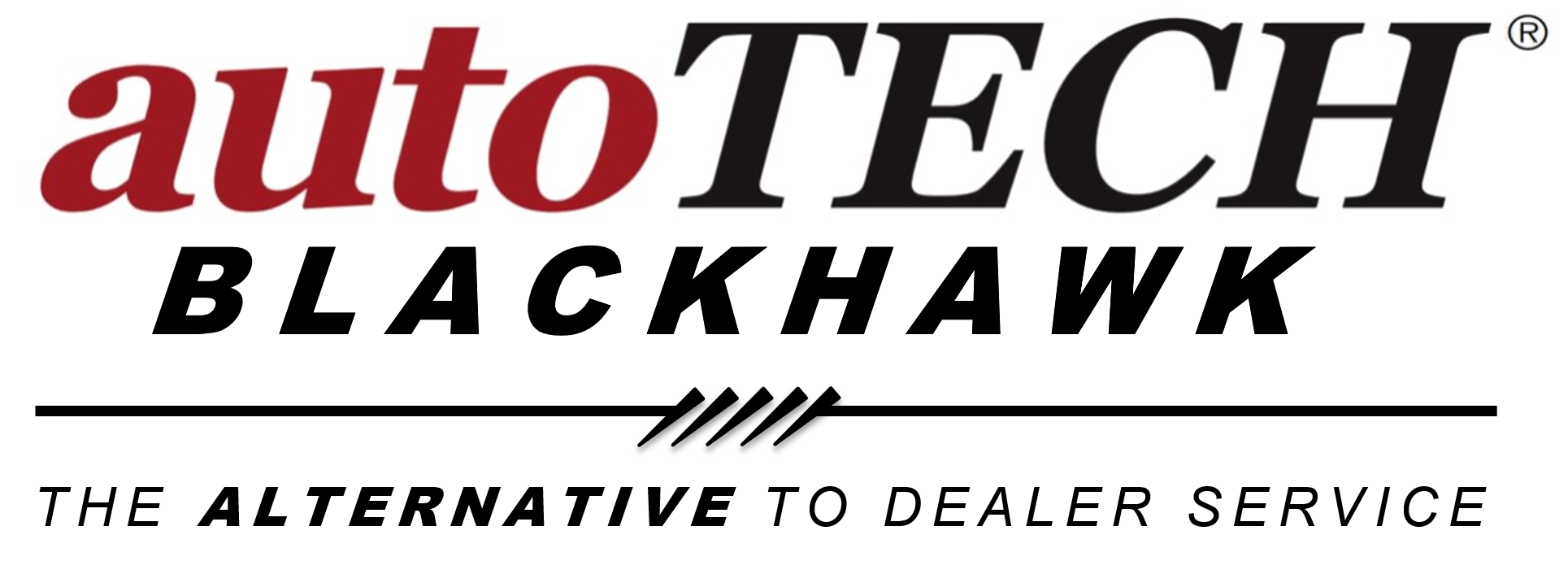What 3 Things You Need To Know Before Getting Brake Service
Brakes that are properly maintained are critical to vehicle safety. Driving conditions, driver habits, the quality of brake system materials, and the type of vehicle can all have an impact on brake functionality. In many cases, driving conditions are unpredictable, and routine brake maintenance can save lives. Vehicle brake systems are subject to normal wear and tear, and regular maintenance can help to identify and address problems as they arise.
All brakes require service
Although most people do not consider brake maintenance and servicing, all brakes must be serviced at some point. Annual inspections can give you the peace of mind that your brakes are in good working order. These inspections can also provide an opportunity to get replacement part recommendations if your brakes are showing signs of severe wear and tear.
Warning Signs
Strange noises, hard pedal feel, low pedal feel, squealing, vibrations, illuminated dashboard light for brake service, pulsing, and brake grabbing are all warning signs. If you notice any of these warning signs, seek immediate assistance from a professional who can assess the situation. Waiting for the brakes to be “metal on metal” can result in a tragedy or costly repair bills (neither are desirable).
The Four Types of Brakes
Disc brakes, emergency brakes, drum brakes, and anti-lock brakes are the four types of brakes. These brakes require different maintenance. Furthermore, make sure that any brake parts you replace on your vehicle meet OE or OEM standards.
What Are the Parts of a Brake System?
A brake system transfers force from a driver’s foot to the brakes of a vehicle. The force is then transmitted by the brakes to the tires and the road, where friction slows and stops the vehicle. Hydraulic and power brake systems rely on hydraulic principles and hydraulic fluids. In a mechanical braking system, pressing the brake pedal or lever pulls a cable connected to the brake shoe assembly, causing contact with the brake drum or disc. The pedal, drum, and disc brakes, a brake booster and push rod, the master cylinder, valves and lines, and the emergency and anti-lock brakes are the main components of automobile braking systems.
-
Pedal
The driver of a vehicle presses the brake pedal to bring the vehicle to a complete stop. The pedal’s depressing moves a piston in the master cylinder.
-
Master Cylinder
The master cylinder is located on the firewall in the engine directly in front of the driver’s seat. Typically, a master cylinder houses two separate master cylinders. Each master cylinder is in charge of a specific set of wheels. The hydraulic pressure of the hydraulic fluids is controlled by the master cylinder. The master cylinder is connected to the brake cylinders via hydraulic tubing lines. When you press the pedal, two internal pistons move and a valve in the master cylinder opens. To reach the brake cylinders, the hydraulic fluid must pass through a valve, a chamber, and a series of tubes and hoses.
-
Brake Booster
In a power braking system, the brake booster is mounted on the firewall behind the master cylinder. The booster is a shell with two chambers separated by a rubber diaphragm. Stepping on the brake closes a diaphragm valve and opens another, allowing air into the pedal chamber. The booster amplifies the applied foot pressure by using an intake stroke of the engine to create this vacuum, reducing the amount of pressure required to stop.
-
Drum Brakes
The rear wheels are equipped with drum brakes. When the brakes are applied, the pressurized fluid forces its way into the drum brakes’ wheel cylinder. This causes the brake shoes to come into contact with the inside of the brake drum, slowing the vehicle. A pushrod is a device that transfers motion from one shoe to the other.
-
Disc Brakes
Most vehicles only have disc brakes on the front wheels, though newer models may have disc brakes on all four wheels. The fluid from the master cylinder forces into a caliper, where it presses against a piston, in disc brakes. The piston compresses two brake pads on a wheel-mounted disc rotor. This causes the wheel to slow down and come to a stop.
-
Emergency Brake
The emergency brake, also known as the parking brake, is a fully mechanical system that controls the rear brakes. Steel cables connect the parking brake to either a hand lever or a foot pedal, allowing the hydraulic system to be bypassed.
-
Anti-Lock
When the wheels lock up as a result of panic braking, steering control is lost. Anti-lock brakes detect locked wheels and apply the brakes quickly. A computer with a series of sensors monitors the speed of the wheels and, if necessary, pulses the brakes.
-
Proportioning Valve
A proportioning valve is used in vehicles that have disc brakes in the front and drum brakes in the back. During a hard brake, the valve reduces the pressure going to the rear brakes, allowing all four brakes to operate evenly.
We’ve come up with some other amazing articles answering these questions! Check them out here:
- 3 Questions To Ask Before Getting Brakes Service
- How Do I Pick The Right Brake Repair Service Near Danville?
- How Do I Know If My Brakes Are Dangerously Worn?
- 11 Signs That You Might Need To Replace Your Brake Pad?
- What Are Common Brake Problems?
- How Often Should I Check The Brakes On My Tesla?
- Why Do The Brakes On A Car Suddenly Stop Working?
- How Often Should Brakes On An Electric Car Be Replaced?
- Is It Safe To Drive A Car If The Brakes Are Grinding?
Are You Looking for an Independent Auto Repair Shop You Can Trust?
If you’re considering making a change to an independent auto repair mechanic trusted by thousands of happy customers, look no further than autoTECH Blackhawk. Why? We differ from other automotive repair shops because we are a relationship shop. This means that the more of your car repair needs we support you with, the better able we are to customize our recommendations based on your driving habits and needs. Whether you want to keep the daily driver in ‘good enough’ condition, style your new car so that it’s customized just for you, maintain your favorite car in ‘like new’ condition, or even train your whole family to be more knowledgeable about cars – we partner with you to ensure that your cars meet your needs. We also offer an industry-leading 3-Year/36,000-mile warranty, so we only use Original Equipment and manufacturer-recommended products. Contact us now to book your no-contact, friendly appointment! We truly value your trust and your business, so thank you for staying local with your auto repair needs.

